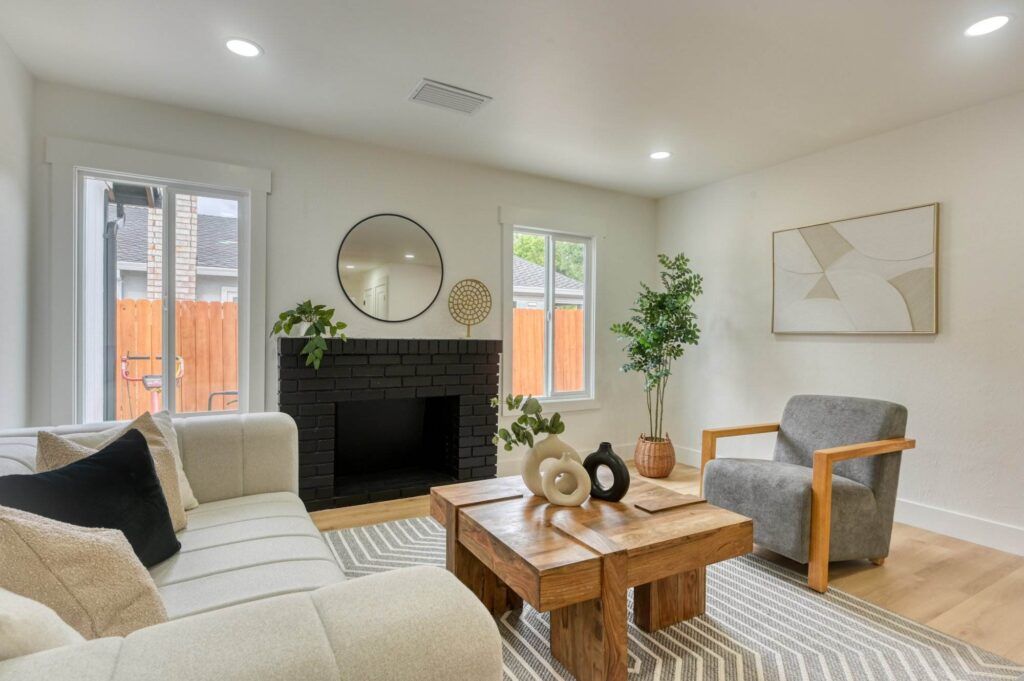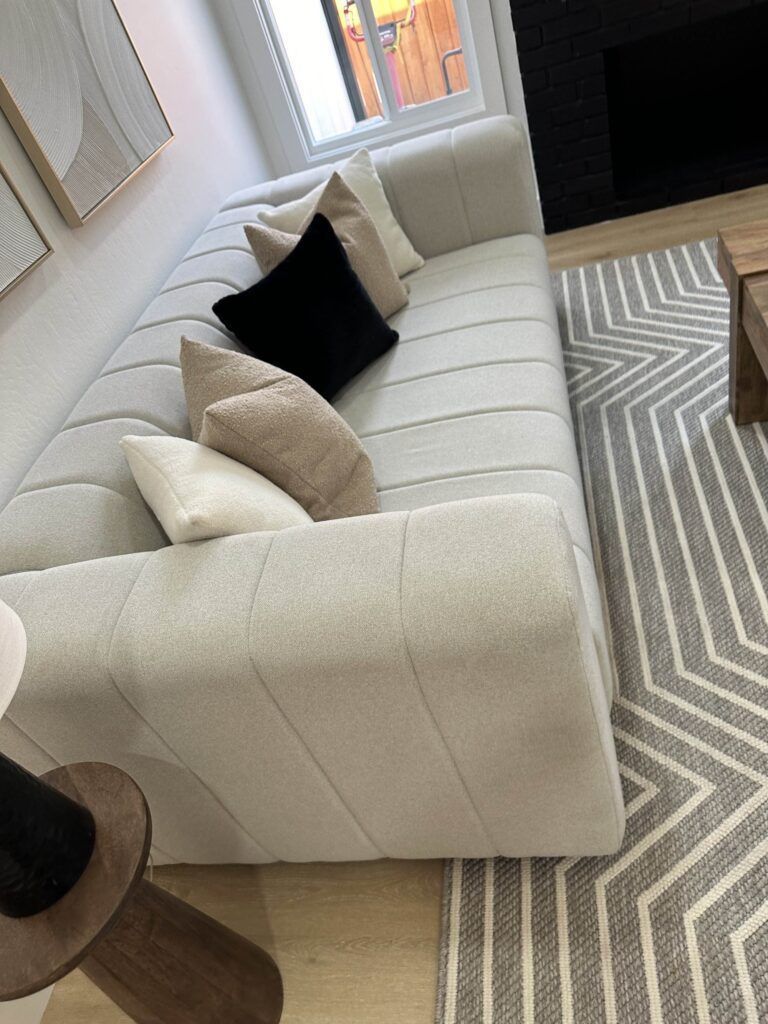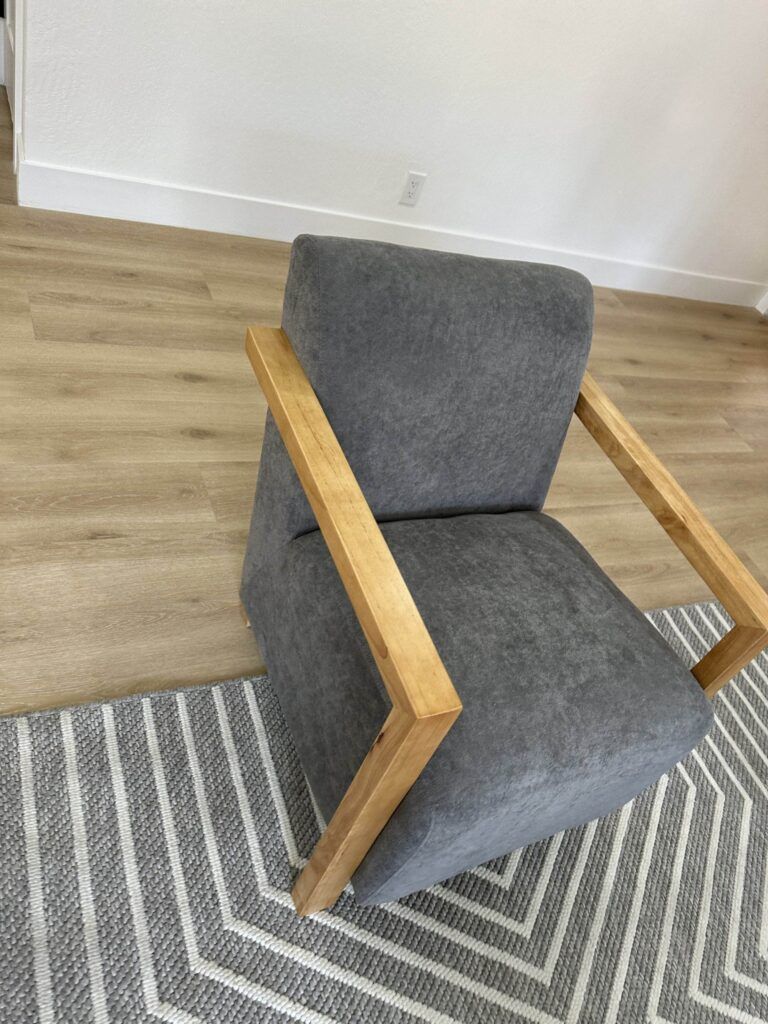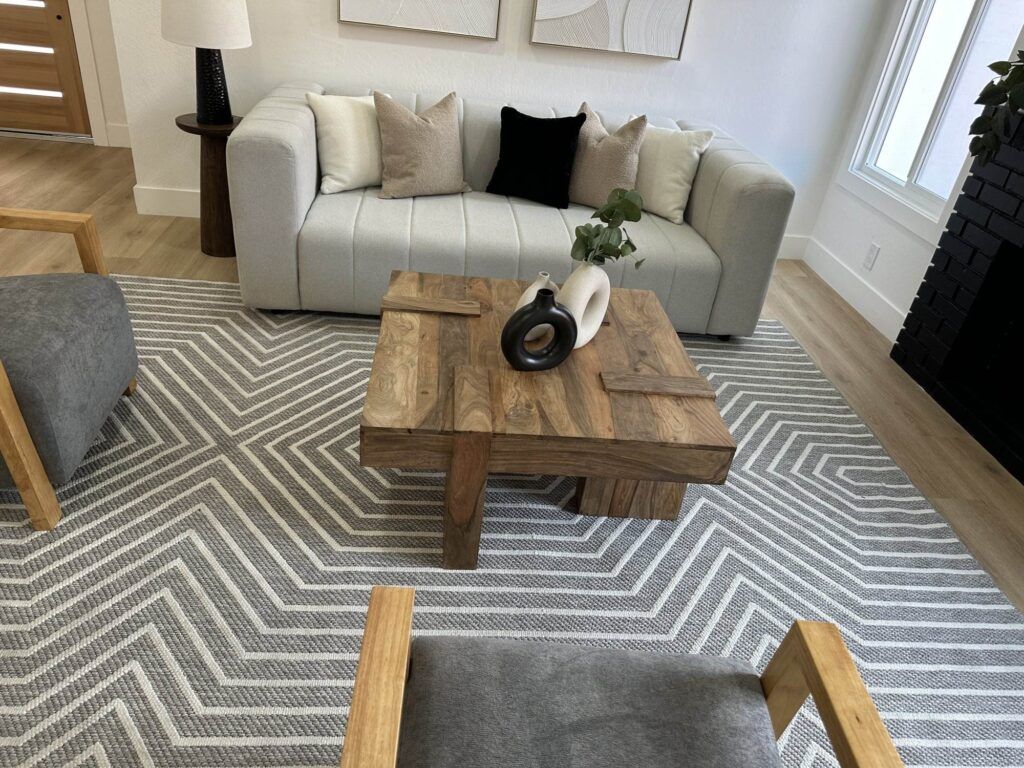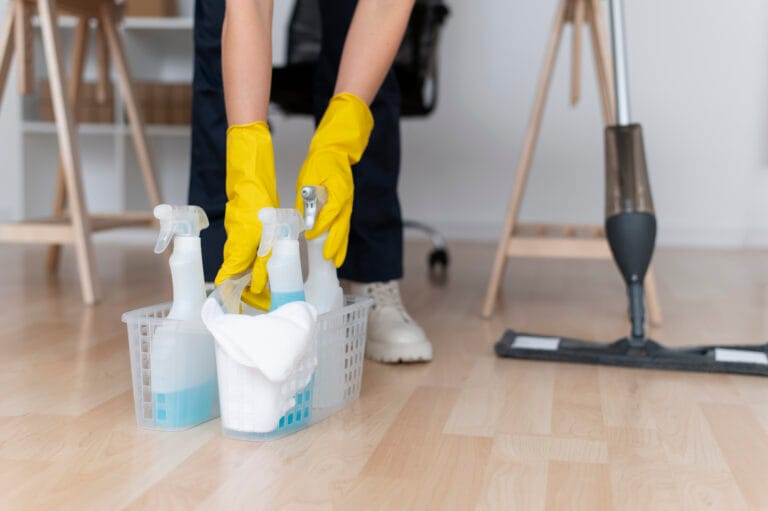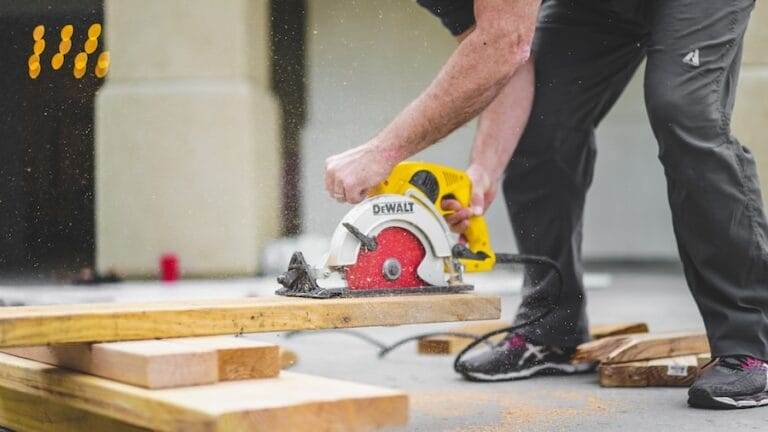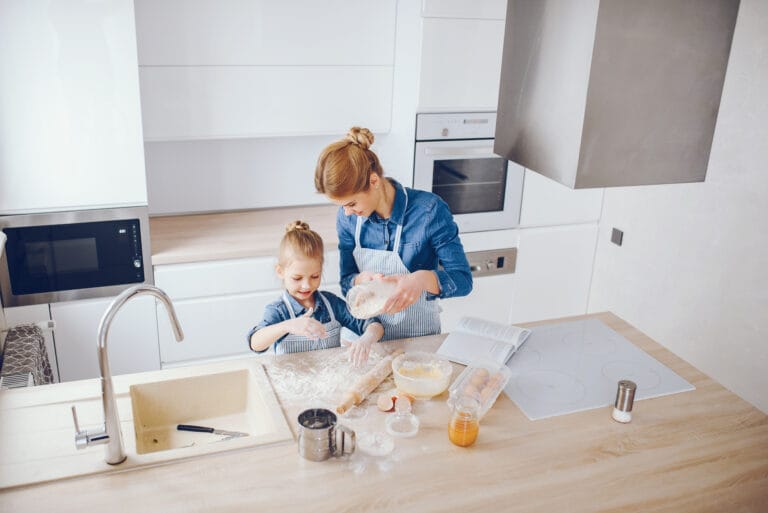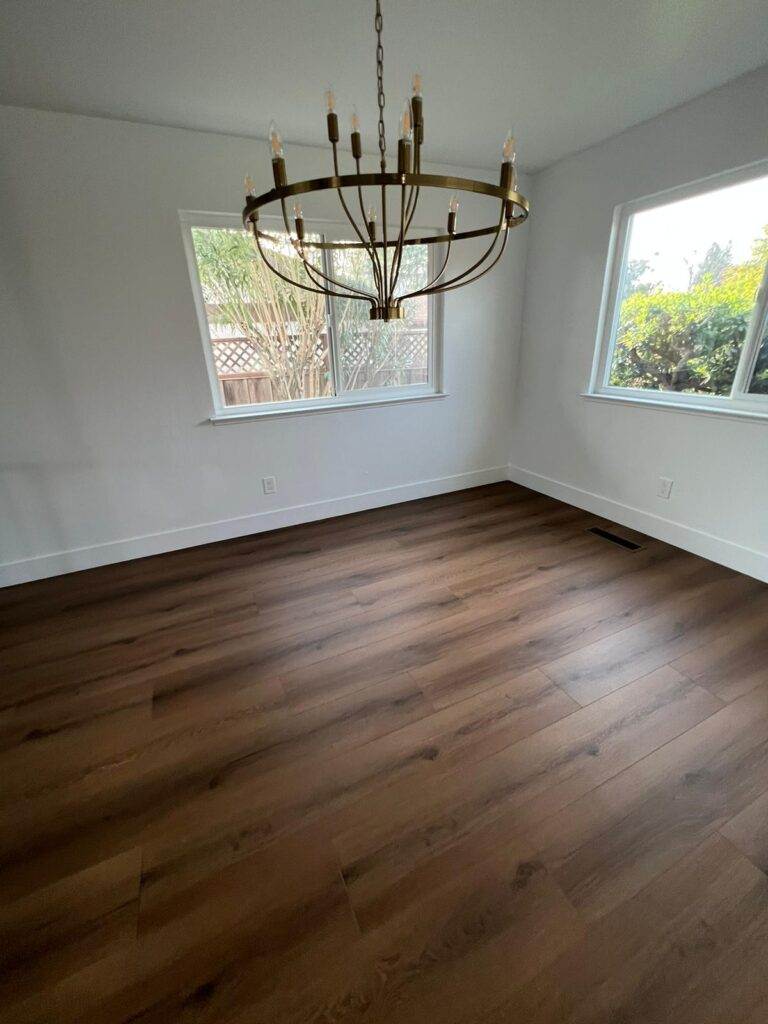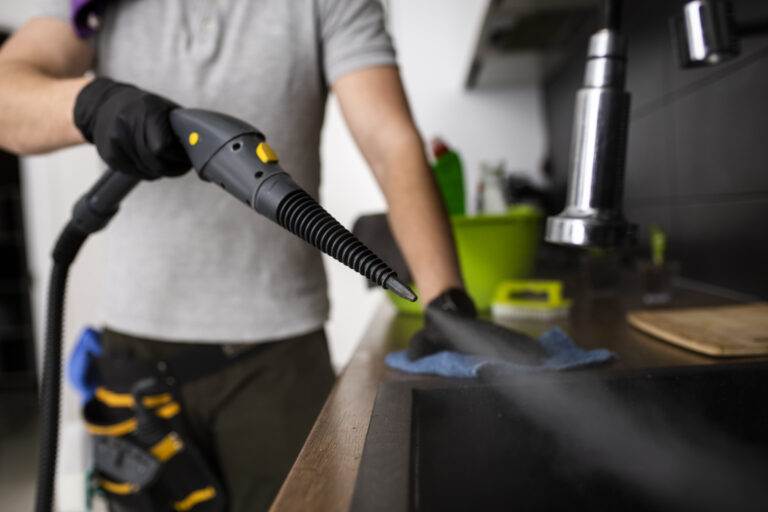Decluttering your home can be a daunting task, but it’s a crucial step in creating a more organized and peaceful living environment. The first step is to assess the current situation and identify the areas of your home that feel the most cluttered and overwhelming. This could be a specific room, such as the kitchen or the bedroom, or it could be a particular area, like the entryway or the home office. Once you’ve identified the problem areas, it’s important to determine the root causes of the clutter. Is it a lack of storage space? Sentimental attachments to items? Or simply too much stuff? Understanding the underlying issues will help you develop a more effective plan of action.
With a clear understanding of the problem areas and the root causes, you can then start to develop a plan of action. Set realistic goals and timelines for each room or area you want to tackle, and gather the necessary supplies, such as storage containers, trash bags, and organizational tools. This will help you stay focused and on track as you work through the decluttering process. Remember, it’s important to be patient and take things one step at a time. Trying to tackle the entire house at once can be overwhelming and lead to burnout.
As you begin the decluttering process, it’s important to approach each area with a clear and objective mindset. Avoid getting sidetracked by sentimental attachments or feelings of guilt about getting rid of items. Instead, focus on the end goal of creating a more organized and functional living space. Be honest with yourself about what you truly need and use, and don’t be afraid to let go of items that no longer serve you. By taking this approach, you’ll be able to make more informed decisions and create a more streamlined and efficient home environment.
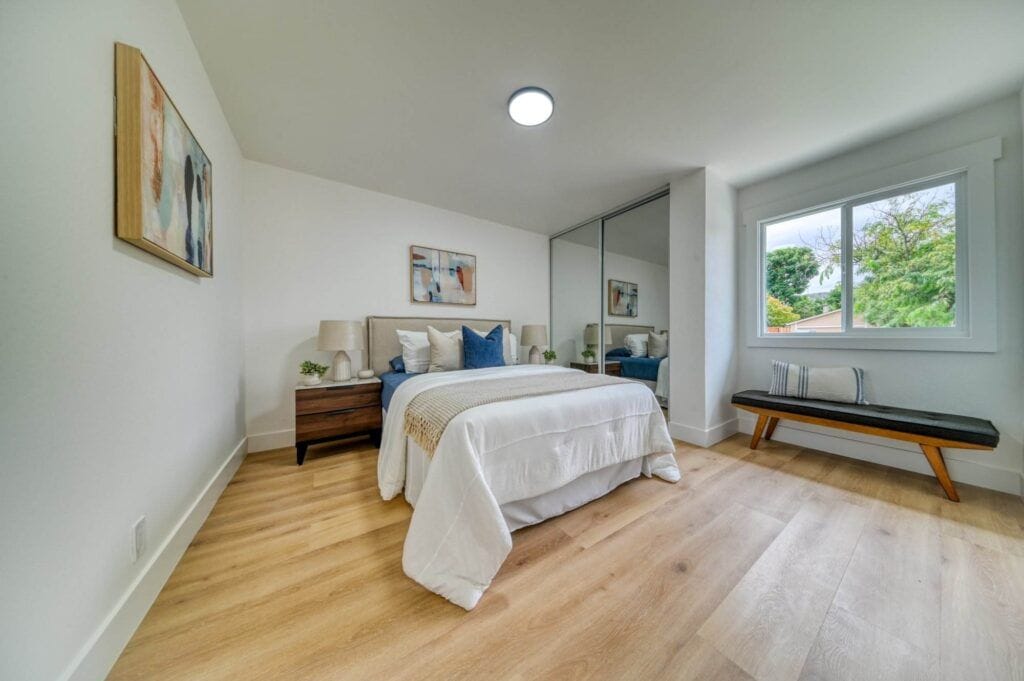
Key Takeaways
- Start decluttering your home by tackling one area at a time, such as the kitchen, bathroom, living room, bedroom, closet, garage, and outdoor spaces.
- Organize kitchen cabinets and countertops to create a functional and clutter-free cooking space.
- Clear the bathroom of unnecessary items to create a clean and serene environment.
- Minimize distractions in the living room by decluttering and organizing furniture and decor.
- Create a serene and organized bedroom space by decluttering and streamlining your wardrobe and personal items.
Tackling the Kitchen: Organizing Cabinets and Countertops
The kitchen is often the heart of the home, but it can also be one of the most cluttered and overwhelming spaces. To tackle this area, start by clearing out the cabinets. Empty each cabinet and sort the items into categories, such as cookware, baking supplies, and pantry items. This will give you a clear picture of what you have and what you need to keep. As you sort through the items, be ruthless in your decision-making. Discard or donate any expired, unused, or duplicate items that you no longer need.
Once you’ve cleared out the cabinets, it’s time to optimize the storage space. Invest in space-saving organizers, such as shelves, dividers, and lazy susans, to maximize the available space. Group similar items together and label containers for easy access. This will not only make it easier to find what you need, but it will also create a more visually appealing and organized space.
As you work through the cabinets, don’t forget to address the countertops as well. Clear off any unnecessary items and only keep the essentials, such as your most-used appliances and cooking tools. This will create a more streamlined and functional workspace, making it easier to prepare meals and keep the kitchen clean and tidy.
Throughout the process, be mindful of your kitchen habits and routines. Consider how you use the space and make adjustments accordingly. For example, if you find that you rarely use certain items, consider donating or selling them to free up valuable cabinet space. By taking a strategic and thoughtful approach to kitchen organization, you’ll be able to create a more efficient and enjoyable cooking environment.
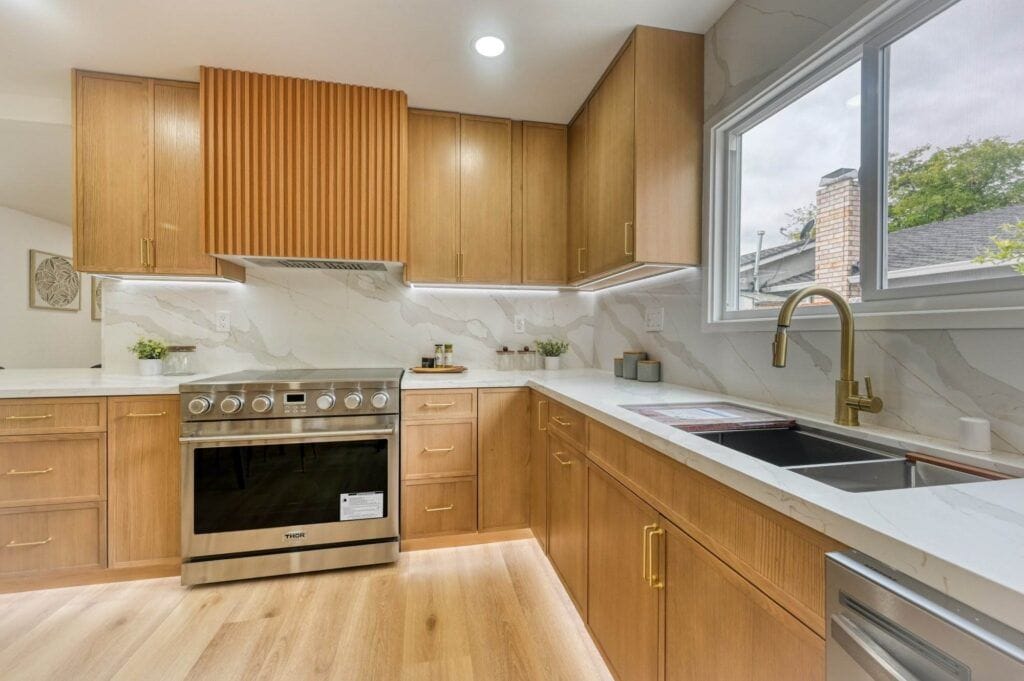
Revamping the Bathroom: Clearing the Clutter
The bathroom is another area of the home that can quickly become cluttered and overwhelming. Start by decluttering the vanity and drawers. Sort through your cosmetics, toiletries, and medications, discarding anything that is expired or unused. Utilize organizers, such as trays and dividers, to keep the remaining items neatly arranged and easily accessible.
Next, turn your attention to the linen closet. Assess your towel and bedding needs and donate any excess items. Arrange the remaining items by category, such as towels, sheets, and cleaning supplies, to create a more organized and efficient storage system. This will not only make it easier to find what you need, but it will also free up valuable space in the closet.
As you work through the bathroom, be mindful of your personal care routine and the products you actually use on a regular basis. It’s easy to accumulate a vast collection of beauty products and medications, but it’s important to be honest with yourself about what you truly need. By paring down your collection and keeping only the essentials, you’ll create a more streamlined and functional bathroom environment.
Remember, the goal of decluttering the bathroom is not just to create a visually appealing space, but also to promote a sense of calm and relaxation. By clearing the clutter and organizing the space, you’ll be able to enjoy a more peaceful and rejuvenating experience every time you step into the bathroom.
Cleaning the Living Room: Minimizing Distractions
The living room is often the hub of the home, where we gather to relax, entertain, and spend time with loved ones. However, it can also be a magnet for clutter and distractions. Start by decluttering the surfaces, such as coffee tables, end tables, and shelves. Clear off any unnecessary items, keeping only the essential decor and functional pieces. Donate or recycle any unused books, magazines, or knick-knacks that are contributing to the cluttered appearance.
Once you’ve cleared the surfaces, it’s time to optimize the storage solutions in the living room. Invest in storage ottomans, baskets, or shelving units to neatly contain media, toys, and other living room items. This will not only create a more visually appealing space, but it will also help to minimize distractions and create a more calming and focused environment.
Don’t forget to address the cords and cables that can often contribute to a cluttered and messy appearance. Conceal them as much as possible, using cable organizers or routing them behind furniture. This will create a cleaner, more streamlined look and help to reduce the visual clutter in the room.
As you work through the living room, consider the way you and your family use the space. Are there certain items or activities that tend to create more clutter than others? Address these areas specifically and find creative solutions to keep them organized and tidy. By taking a strategic and thoughtful approach to living room decluttering, you’ll be able to create a more inviting and functional space that promotes relaxation and productivity.
Bedroom Bliss: Creating a Serene and Organized Space
The bedroom is a sanctuary, a place where we can retreat and recharge. However, it’s all too easy for this space to become cluttered and overwhelming. Start by decluttering the nightstand and dresser. Sort through personal items, electronics, and clothing, keeping only what you regularly use. Utilize drawer organizers and trays to neatly arrange the remaining items, creating a more streamlined and visually appealing appearance.
Next, turn your attention to the closet. Purge clothing, shoes, and accessories that you no longer wear or need. Be honest with yourself about what you truly love and what you can let go of. Implement a system for storing and accessing your wardrobe, such as by season or clothing type. This will not only make it easier to find what you need, but it will also create a more organized and efficient space.
As you work through the bedroom, consider the overall aesthetic and atmosphere you want to create. Aim for a serene and calming environment that promotes relaxation and rest. Avoid cluttering the space with too many decorative items or personal mementos, and instead focus on creating a minimalist and intentional design.
Remember, the goal of decluttering the bedroom is not just to create a visually appealing space, but also to promote a sense of calm and well-being. By clearing the clutter and creating a more organized and intentional environment, you’ll be able to enjoy a more restful and rejuvenating sleep experience.
Remember, the goal of decluttering the bedroom is not just to create a visually appealing space, but also to promote a sense of calm and well-being. By clearing the clutter and creating a more organized and intentional environment, you’ll be able to enjoy a more restful and rejuvenating sleep experience.

